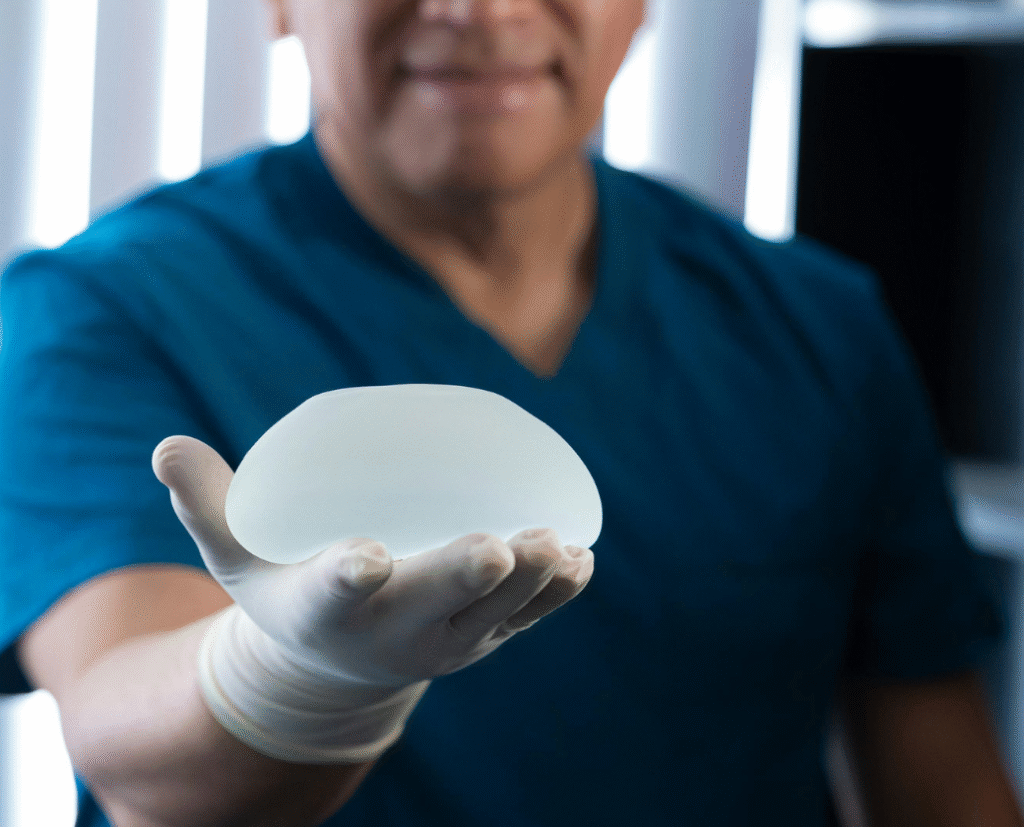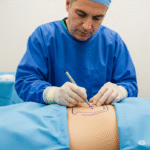Breast enhancement remains one of the most popular cosmetic surgery procedures worldwide. This comprehensive guide covers everything you need to know about breast enhancement, helping you make an informed decision about this life-changing procedure.
What is Breast Augmentation?
It, also known as augmentation mammoplasty, is a surgical procedure designed to increase breast size and enhance breast shape. This breast enhancement procedure involves placing breast implants beneath the breast tissue or chest muscle to create fuller, more proportionate breasts.
Women choose breast enhancement for various reasons, including naturally small breasts, volume loss after pregnancy and breastfeeding, asymmetrical breasts, or to restore breast volume after weight loss. Breast enhancement can significantly boost self-confidence and improve body image.
Types of Breast Augmentation Implants
Breast enhancement procedures utilize two main types of breast implant. Silicone implants contain silicone gel that closely mimics natural breast tissue feel, making them a popular choice for breast enhancement patients seeking the most natural results. These implants come pre-filled and require a slightly larger incision during breast augmentation surgery.
Saline implants are filled with sterile salt water and can be inserted empty during breast enhancement, then filled once positioned. While saline implants may feel less natural than silicone, they offer the advantage of smaller incisions and easier detection if rupture occurs.
Breast Augmentation Surgical Techniques
Several surgical approaches exist for breast enhancement procedures. The inframammary incision, placed in the natural fold beneath the breast, is the most common breast enhancement technique. This approach provides excellent visibility for precise breast implant placement and typically results in well-concealed scars.
Periareolar breast enhancement involves incisions around the areola, offering good camouflage but potentially affecting nipple sensation. Transaxillary breast enhancement places incisions in the armpit, leaving no scars on the breast itself but requiring specialized endoscopic techniques.
Breast Augmentation Recovery Process
Breast augmentation recovery typically spans several weeks. Immediately following breast enhancement surgery, patients experience swelling, bruising, and discomfort managed with prescribed medications. Most breast surgery patients return to desk jobs within a week but must avoid heavy lifting for 4-6 weeks.
During breast enhancement recovery, wearing a supportive surgical bra is essential. Gentle walking is encouraged early in breast enhancement recovery to prevent blood clots, while strenuous exercise should be avoided for 6-8 weeks post-surgery.
Breast Augmentation Costs and Financing
Breast enhancement costs vary significantly based on geographic location, surgeon experience, and implant type. In the United States, breast enhancement typically ranges from $6,000 to $12,000, including surgeon fees, facility costs, anesthesia, and implants.
Many plastic surgery practices offer financing options for breast enhancement, including payment plans and medical credit cards. Some patients use health savings accounts (HSAs) or flexible spending accounts (FSAs) to help cover breast enhancement expenses.
Choosing the Right Breast Augmentation Surgeon
Selecting a qualified plastic surgeon is crucial for successful breast surgery outcomes. Board-certified plastic surgeons with extensive breast surgery experience provide the safest, most predictable results. During consultations, review before-and-after photos of previous breast augmentation patients and discuss your aesthetic goals thoroughly.
Research your surgeon’s credentials, read patient reviews, and ensure they operate in accredited facilities. A qualified breast augmentation surgeon will explain all risks, answer your questions comprehensively, and never pressure you into making immediate decisions.
Breast Augmentation Risks and Considerations
Like all surgical procedures, breast augmentation carries potential risks including infection, bleeding, breast implant rupture, and capsular contracture. Some breast augmentation patients experience changes in nipple or breast sensation, which may be temporary or permanent.
Regular follow-up appointments after breast augmentation are essential for monitoring implant integrity and overall breast health. MRI scans may be recommended periodically for silicone implant patients to detect silent ruptures.
Conclusion
Breast enhancement can provide excellent results when performed by qualified surgeons on appropriate candidates. Thorough research, realistic expectations, and careful surgeon selection are key to successful breast enhancement outcomes. Consider all factors carefully before committing to breast augmentation surgery.



